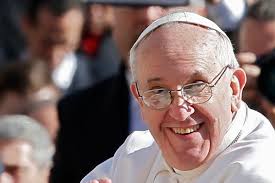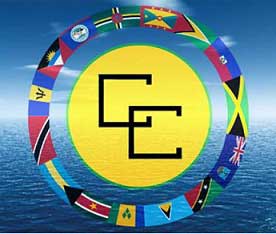The ancestors of the current leader of the Catholic Church were also received with respect for the government and people of the Caribbean Island. Now, with words and deeds, the Pope will bring their vision of the approach of a Catholic family life, parish life, charity, economics, immigration and good governance.
The apostolic visit was carried out as part of the celebration this year of the 80th anniversary of diplomatic ties between Cuba and uninterrupted the Holy See.
The Pope is scheduled to visit the provinces of Havana, Holguin and Santiago de Cuba. As part of the program, he will officiate a Mass in the Jose Marti Revolution Square. On the same day he made a courtesy visit to the Cuban president, and will meet with priests, religious and seminarians in the Cathedral of Havana.
The Bishop of Rome also greet young against Felix Varela Cultural Center, and on Monday 21 September will travel to Holguin, who’s Calixto Garcia Iñiguez Revolution Square officiate another mass.
That same day travel to Santiago de Cuba and Tuesday will celebrate a Mass in the Basilica of the Shrine of Our Lady of Charity. Self-September 22, the Pope will be dismissed in that city from the east by the people of Santiago and the Cuban authorities.
Pope Francis will be in the Caribbean nation after a recent tour of Ecuador, Bolivia and Paraguay. That was the ninth voyage of his pontificate and the second in Latin America, after he made in 2013 to attend the World Youth Day in Rio de Janeiro.
Francisco is the third pope to visit Cuba in 17 years, only condition shared by Brazil in the region.
After completing his trip, the Pope will be in three cities in the United States after September 23; will deliver a speech to Congress and meet with President Barack Obama at the White House. It also will address the United Nations General Assembly and attend a meeting of families organized by the Catholic Church in Philadelphia.
Impact
The most recent impact on the visit to the Greater Antilles of the Bishop of Rome, the Brazilian theologian Frei Betto referred to the relations between the Catholic Church and the Cuban government: “In the past, there were many frictions. Yet, never a church was closed by the Revolution and no priest was shot. Moreover, the bishops of Cuba on numerous occasions condemned the criminal blockade imposed on the country by the United States.”
The restoration of diplomatic relations and was carried out. Still missing, the suspension of the blockade and the return to Cuba of the Guantanamo naval base used by the US government as illegal imprisonment of alleged terrorists kidnapped around the world by the security forces of the United States, stressed Betto.
Also the president of Panama, Juan Carlos Varela, said the Pope’s presence in Cuba would help lift the economic blockade imposed on the American nation to Cuba since 1962. “(…) and I have great hope that the visit of Pope Francisco in the United States, that even going to visit the US Congress, will move many hearts and will help give you that vote early and you earn and the embargo on Cuba is lifted, “Varela said in a recent interview.
Some biographical details.
Jorge Mario Bergoglio was born on December 17, 1936 in Buenos Aires, within a modest family of a railway worker from Piedmont and a housewife. He attended public school, where he graduated as a chemical technician and 22 years joined the Society of Jesus, where he earned a degree in Philosophy.
He was ordained a priest in 1969. At 36 he was appointed head of the Argentine national Jesuits.
He traveled to Germany to obtain his doctorate on his return resumed pastoral activity as a simple priest in the provincial city of Mendoza Argentina.
His Episcopal was on May 20, 1992, when John Paul II appointed him titular bishop of Auca and Auxiliary Bishop of the Diocese of Buenos Aires.
On 13 March 2013 the then Cardinal Bergoglio was elected Pope. He took the name Pope Francisco, in memory of St. Francis of Assisi. For students, the fact of taking that name is a sign of his mentality and the line you want to have the Church under his pontificate: “a poor Church and to the poor.” His election was a major change, because of his interest in social issues and care for the underprivileged.
It is the first head of the Catholic Church from the Society of Jesus, the first outside Europe and also the first of Argentina nationality.
It is characterized by the Argentine media as a man who enjoys great prestige among his followers by his total availability and way of life, away from ostentation.
Translated by: Daysi Olano Fernandez



